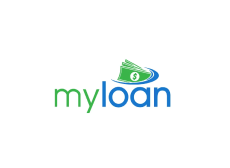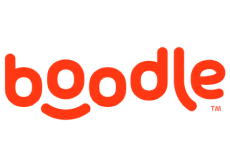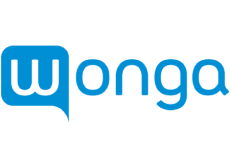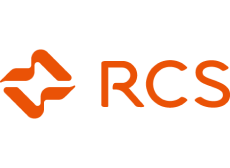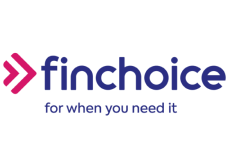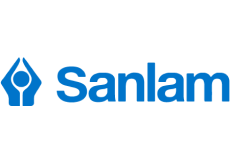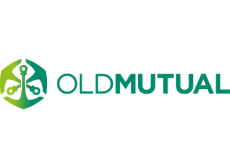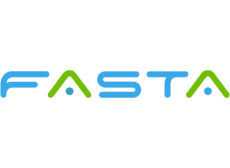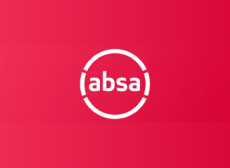Loans For Equipment
Getting Equipment Loans in South Africa is a great way to get the equipment you need to run your business. However, there are a few things you should know about these loans. These include the different financing options, the types of equipment that are eligible for these loans, and how you can find the best deal.
Asset-based finance
Using asset-based loans is a very good way to boost your company’s working capital. This type of finance can help you buy new equipment, develop real estate, or unlock cash from your outstanding invoices. It is also a great way to pay for your expenses when you are experiencing short cash flow.
There are several companies that offer asset-based loans in South Africa. One of them is Merchant Capital, which provides business funding for companies in various industries. They offer flexible terms and quick application processes.
Asset-based finance also helps companies that need to acquire new equipment, such as cranes, wheeled assets, and manufacturing equipment. Some companies are able to secure the loan with one asset, while others may be able to use multiple assets as collateral.
Asset-based finance is a good way to obtain financing, but it is important to understand the risks involved. The value of the assets needs to be high and they need to be readily convertible into cash. It is also important to read the terms and conditions of your loan agreement carefully.
Most asset-based lenders prefer companies with good financials, solid customer relationships, and a good track record. In addition, they like to make loans for larger amounts of money.
Asset-based loans are most often used for companies that need working capital. They can also be used to finance mergers, acquisitions, and turnarounds.
Asset-based finance is a great option for companies with a lot of assets. It is especially suited to manufacturers, distributors, and service businesses. It can also help you acquire property, cars, and trucks.
Asset-based finance is also useful for businesses that have low credit scores. It can help protect your assets from creditors.
Lease-to-own
Whether you are starting a new business or looking to add more equipment to your existing operation, leasing can provide you with the benefits of a Old Mutual loans without the downsides. It can also help you develop your business credit. However, leasing can also be a difficult process for new businesses.
Equipment leasing can be a good choice if you want to buy equipment for a low monthly payment. However, be sure you understand the fine print of any offer before signing on the dotted line.
Whether you decide to lease or buy, the key is to know what you’re signing up for. You can also get an idea of whether or not the deal is worth the money by asking the right questions.
A good question to ask is, “What is the APR?”. Oftentimes, a standard interest rate hovers between 6% and 9%. However, you may need to pay more to qualify if your credit history is less than stellar.
Oftentimes, a lease-to-own arrangement will include a residual payment, which is a large payment made at the end of the lease. The lessor will apply a percentage of that payment toward the purchase price of the equipment.
There are many advantages of leasing, but it is also important to read the fine print. Ask questions about any tax benefits, such as the tax incentives involved in purchasing the equipment. Also, be sure to ask how flexible R20 000 loan. Oftentimes, you may be required to make a large upfront payment, which may be difficult if you are starting a business with little money.
Using a lease broker can often lead to better lease agreements. Leasing brokers have extensive relationships with lenders, which can often provide better prices.
Amortisation structure
Amongst the plethora of loan types, a loan amortisation scheme is a winner for both lenders and recipients. Using an amortization scheme ensures that the recipient will not be weighed down by debt. Amortisation of a loan involves the allocation of payment to interest and principal. This may be a simple fixed-term or balloon payment. The benefits of a loan amortisation scheme include tax incentives and a smoother ride.
In a nutshell, a loan amortisation scheme involves a funder who leases equipment over a specified period of time. In most cases, the payments are split between interest and principal. There is also the chance that the founder may allow the owner to buy the equipment at the end of the term.
An amortization scheme is a well rounded way to finance a new or existing business. This type of scheme allows the funder to be a part of the growth and development of the business. A loan amortisation scheme can also be a good way to finance an expansion.
The biggest benefit of an amortization scheme is that it can be structured to accommodate both short and long term plans. For example, you might have an option to buy the equipment at a set price at the end of the lease term. However, if the owner needs the equipment for a longer period of time, it is likely that the lease agreement will be extended. A loan amortisation scheme also allows the funder to manage risk by spreading the cost of the loan over time.
The best way to determine an amortization scheme is to ask the funder for a sample of the contract. Besides, you can always check the monthly expenditure statement to see the amount of interest that you are paying.
Early repayment penalties
Getting the best rate on your shiny new office suite is no small feat. In fact, it is one of the reasons for which you might find yourself unable to sleep at night. It is also one of the reasons why you snooze at night. After all, the only thing on your mind is what to do next? A good night’s sleep is the best way to achieve a better quality slum. Thankfully, there are several options available at the moment. It is best to do a few things at a time. Some examples are below. One thing you might want to do is find out if you want to do it at all.
Tax benefits
Whether you’re a small business owner or a large company, a little equipment financing can make a big difference. You can take advantage of tax benefits and reduce the financial risk associated with capital asset investments.
Equipment financing allows you to get the equipment you need without the hassle of a down payment. The interest you pay on the loan can also be tax deductible. The interest is calculated according to the terms of the loan. You also have the option of having your payments deducted as operating expenses.
Another tax advantage of equipment financing is that it allows you to hold onto the working capital you need to run your business. You can use this working capital to pay for improvements, marketing and more. You also can write off your lease payments as business expenses.
During the first year you’re using your equipment, you’re eligible to deduct the full cost of the equipment. This can be done through Section 179.
Section 179 is a tax incentive that encourages companies to claim the full cost of qualifying equipment in the first year. This can help companies accelerate depreciation. If you’re a business that purchases less than R4,000,000 in qualifying equipment, you can deduct up to 200,000 of your expenses.
Another tax benefit of equipment financing is that it allows you to avoid the inflation risk associated with purchasing equipment. Inflation can eat up your cash if you’re not making money fast enough. This can leave you struggling.
Despite the tax benefits of equipment financing, you should always consult a tax professional to determine how to take advantage of your tax situation. Whether you’re an equipment owner or a buyer, it’s important to understand the tax code and know your options.

